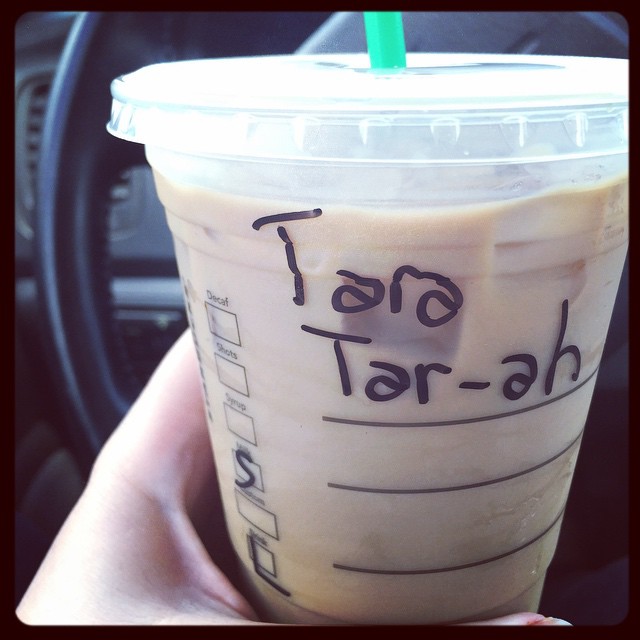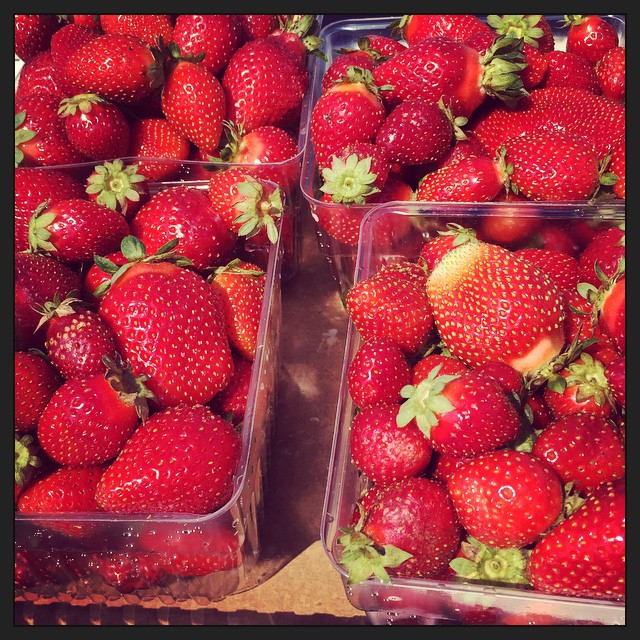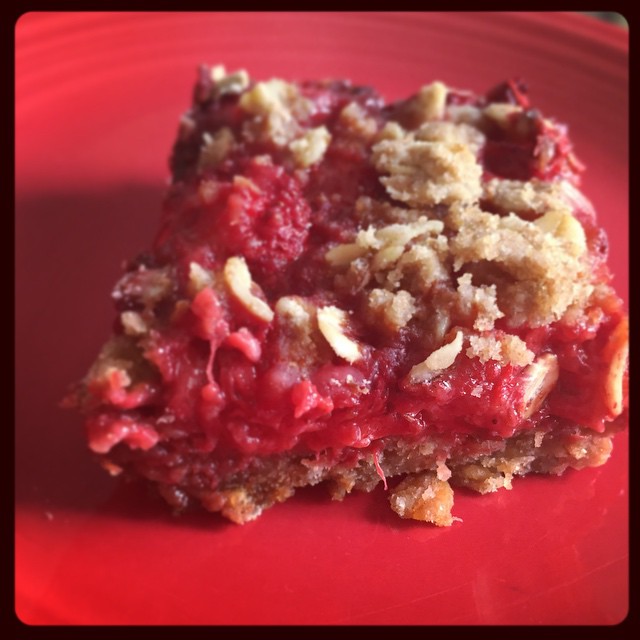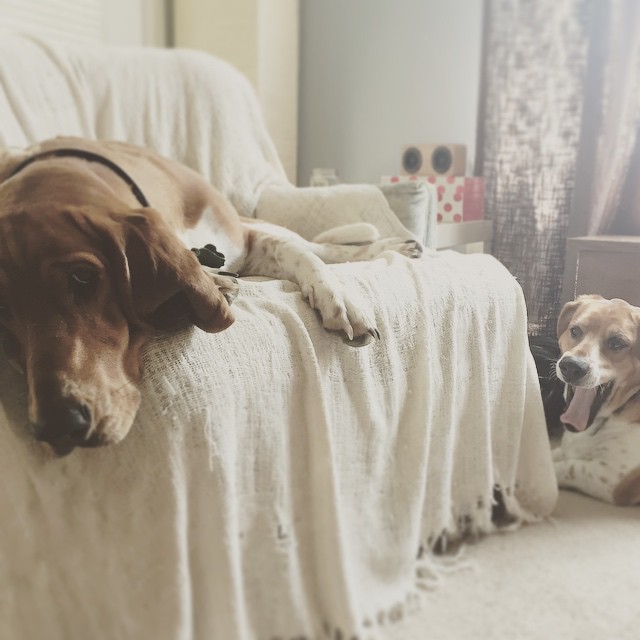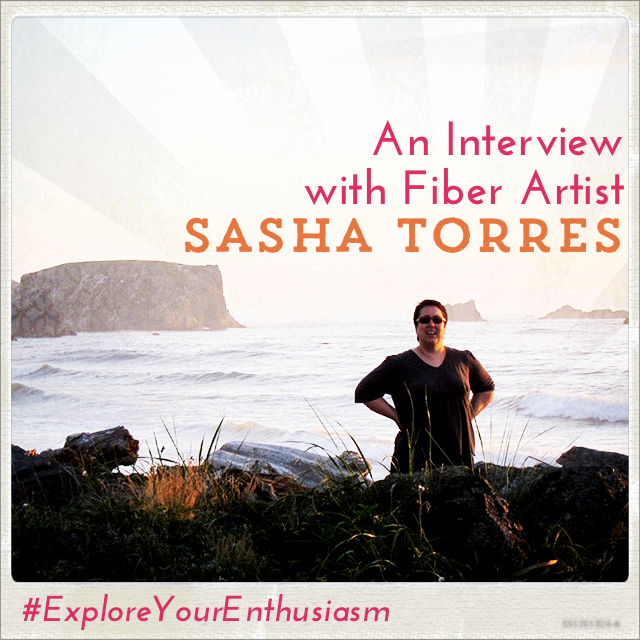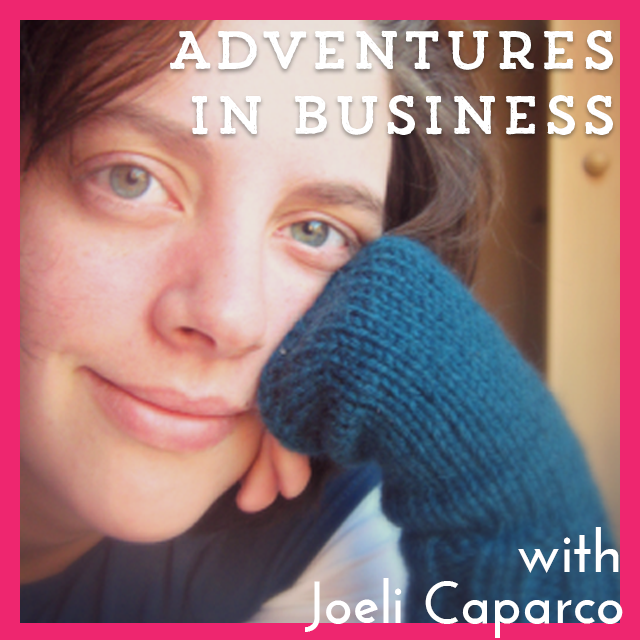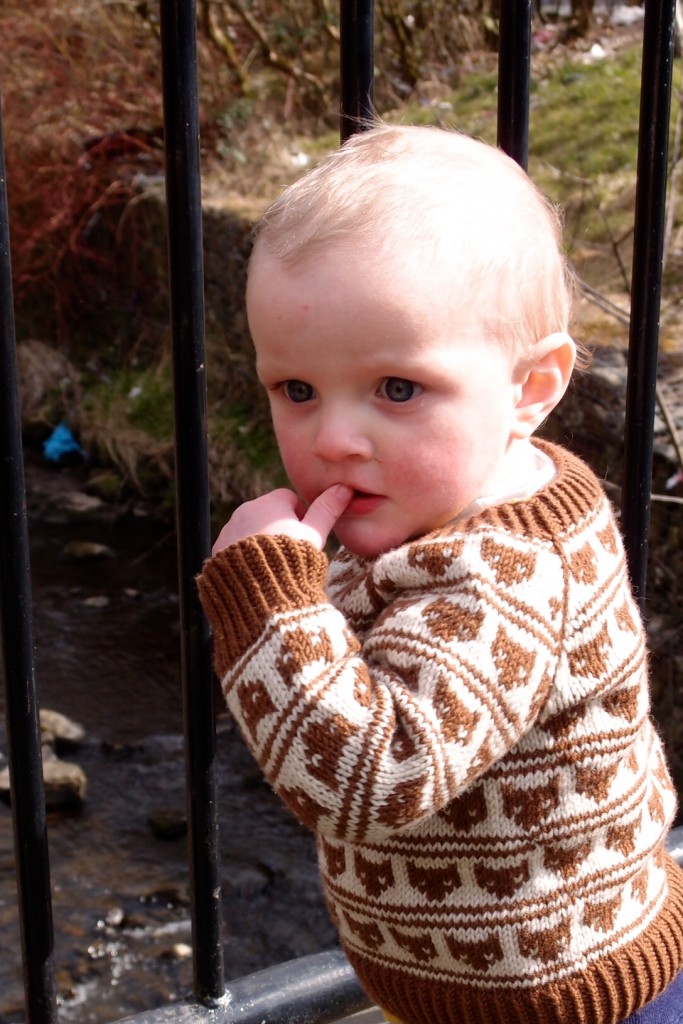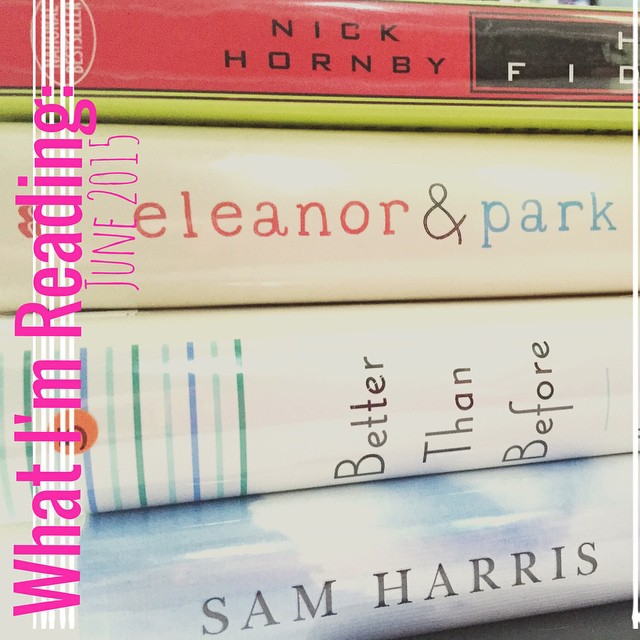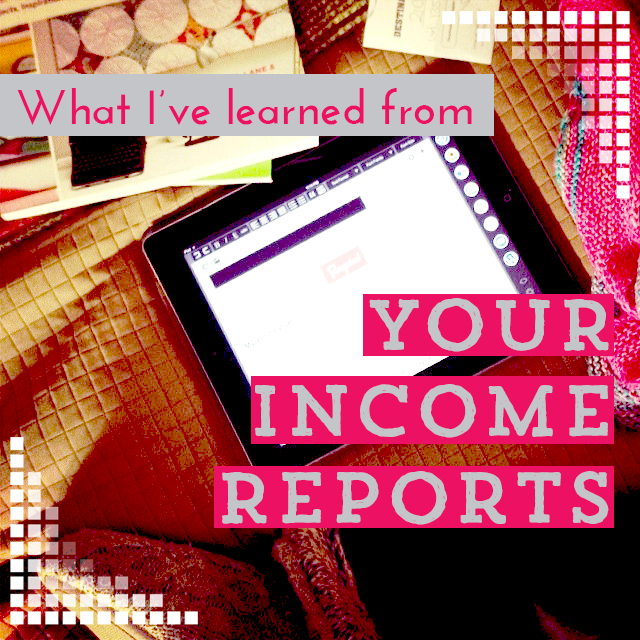Today I'm happy to share the adventures of Starship Captain Karen Robinson. Karen is a knitting designer (KarenDawn Designs) and yarn dyer (Round Table Yarns) with an advanced degree in medieval literature, so her pattern and yarn names are based on medieval texts. You can also find Karen's designs on Ravelry and her shop on Etsy.
People have this fantasy of what it's like to be a full-time maker. But what's a normal day for you really like?
I try to get up before my 3-year-old son so I can have time alone in the morning to drink coffee and check my email and Ravelry. The rest of the day depends a lot on whether or not we have any activities planned and if I have any editing projects. My “day job” is a freelance copy editor—I work with indie fiction authors and I’m also the copy editor for PLY Magazine —so the amount of work I have each day can vary quite a bit.
If it’s a stay home day, I get some yarn ready to dye by soaking it in a bucket. I dye very small dyelots (just a skein or two at a time), so I dye a little bit each day if I can. I make a list of what I need to do that day and get breakfast ready. Once we’ve eaten (it takes the 3 year old a long time to eat), the yarn has soaked enough, so I prepare the first round of dyeing and put the yarn in the dyepot. Then if I have an editing project, I may try to work a little on that or take care of some other tasks on the computer. But mostly this time in the morning revolves around my son, so I don’t do anything that takes too much concentration. Every hour or so, I swap out the yarn in the dyepot for another batch.
Then lunch and after that my son goes down for a nap. He’ll be four in August, and I know that he’s bound to give up nap time in the not-too-distant future (although we’ll change it to quiet time when he does), but that’s really when I get the bulk of my work done. As soon as I close his bedroom door, I’m on my computer, editing if I have that work or working on a pattern or making changes to my website or adding new yarn to my shop. He naps anywhere from 1-3 hours (I love those 3-hour nap days!), so I know I have a limited amount of time to work which is a great motivator for getting stuff done (although I do still occasionally get sucked into spending way too long on Ravelry).
Once my son is awake, it’s not too long before my husband gets home. Depending on how much I got done during nap time, I might have to work a little more after that or I might get to be mostly done with work on the computer that day. After my son goes to bed, my husband and I usually watch TV together and this is when I get the bulk of my knitting time.
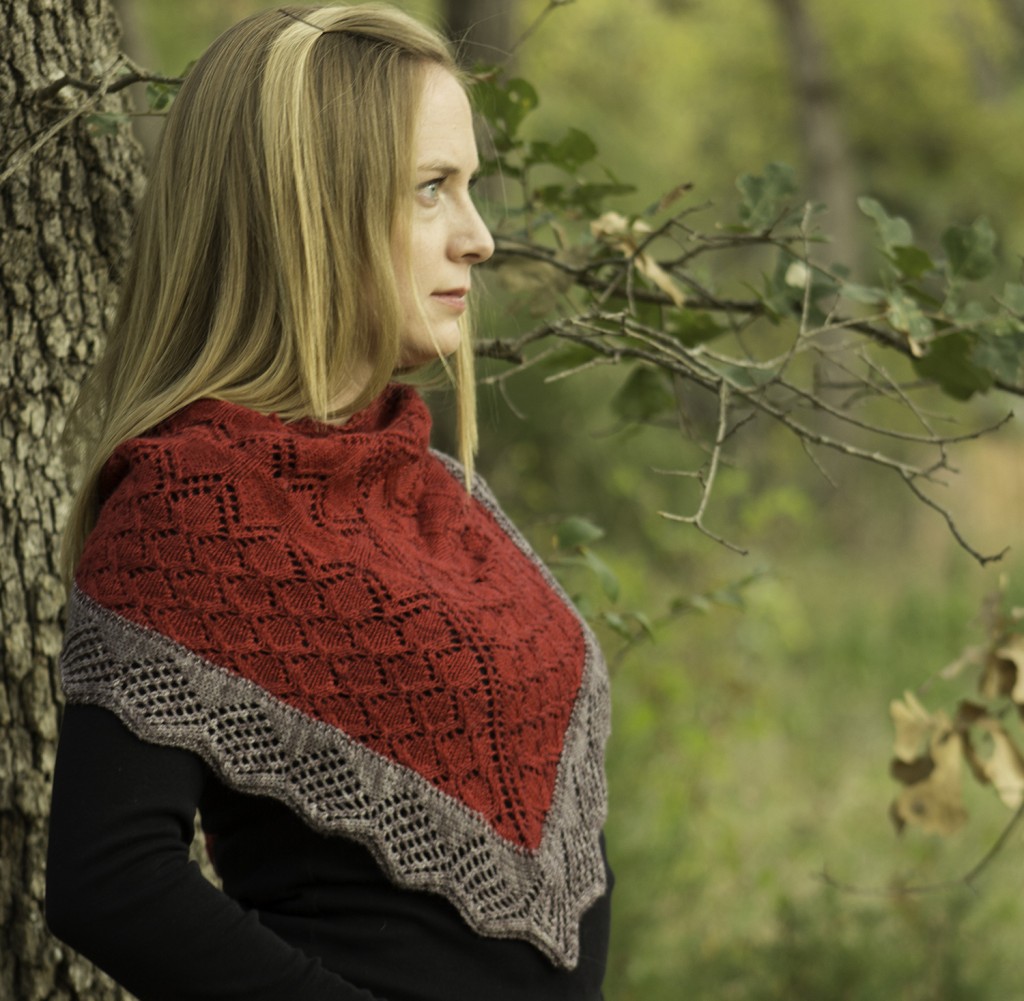
There are so many ways to make a living as a maker – how are you doing it? What have you combined and how has that changed through the years?
The way I’ve been involved in the business side of the fiber world has changed over the years, but it’s finally evolved into something that I’m happy with. For a while, I wanted knitting to be completely a hobby and not something I would ever do for money or as a business. My mother-in-law is a quilter and when someone asks her how much she charges for a quilt, her response is “a million dollars.” Her explanation is that quilting is something she does for fun and that she doesn’t want to feel pressured by it, which is how she would feel if she were working on a commission. So she’s happy to make quilts as gifts for people she finds deserving, but she does it in her own time on her own schedule.
I had that attitude for a while, but then I had my son and I left academia and felt strange about not bringing in any money to the household. I was tired all the time (newborn!) and still wanted to knit, but I couldn’t concentrate on the types of projects I enjoyed doing (intricate cables or lace), so I started making super simple things like stockinette baby hats. But even though I had a baby, he didn’t need that many hats so I got the idea to try selling them. I did a couple of local craft fairs and also rented a space at an artisan shop to sell my knitting. Or attempt to sell my knitting (I also got a sewing machine during this time and sewed some things to sell as well—those things did a little better). I learned that many people didn’t understand how much work it was and I liked using “good” yarn, so the price points I had my items at seemed to be too high for what people were willing to pay but I didn’t want to give them away either, so I actually sold very little.
That whole situation (lasting about a year) was kind of a dark time in my knitting life. I look back at my Ravelry project page for that year and see how little I actually did. And everything I did do was super simple and unchallenging. That’s not the kind of knitter I had been before—if I saw a project I liked, I made it. If it used a technique I hadn’t tried before, I learned it. I didn’t shy away from something because it seemed difficult. So, quite frankly, after that year of selling knitted items, I was completely bored.
I realized I’m a process knitter. I greatly enjoy the actual act of knitting. And I do like using the items I make, but mostly I have stacks of shawls and hats even after giving away a lot of gifts. I had thought the answer to that was to sell those items, but I knew that wasn’t working. So what could I do instead? And how could I get my knitting mojo back and start really enjoying and exploring again?
I had taken a class a few years back at my then LYS about designing a scarf, and I liked that process quite a bit. I finished the scarf, got some test knitters on Ravelry, and posted the pattern for free (my Criseyde Scarf). Over the years since that experience, I had thought about doing more designing, but it was always something that was just in the back of my mind. Then I was trying to find a cowl pattern that matched the image in my head of what I wanted but was having trouble finding it. That’s when things clicked and I decided to try designing my own. I learned a lot by going through that process with the cowl (I have an entire finished cowl that I am completely unhappy with—I’ve kept it rather than frogging it as a reminder that if I’m knitting something and not liking how it’s turning out, I should stop and figure out what I don’t like rather than just thinking “I’m sure it’ll look fine once I finish it.”), which became my Lady Bertilak Cowl.
The act of figuring out how to construct something based on ideas in my head and then putting those into actual knitting is “the thing” that is making me feel completely happy and fulfilled in my knitting life. I have challenge, a lot of process, and a good reason for keeping the finished objects (samples!).
Around the beginning of this year, a friend had decided not to expand her fiber dyeing business into yarn dyeing so she gave me a bag of undyed yarn—with the idea that I could use it for swatches. (I do so many more swatches now as a designer than I ever did before!) But that undyed yarn was calling out for color, so on a whim, I got some acid dyes and started experimenting. And fell completely in love with the process of adding color to yarn. Thus Round Table Yarns was born, and I selected yarn bases that matched up to the patterns I’ve designed. And although I never want to be completely insular—so much beautiful yarn out there!—I am designing more in mind with making the connection between my patterns and yarn (and dyeing colors based upon what might work well with my patterns).
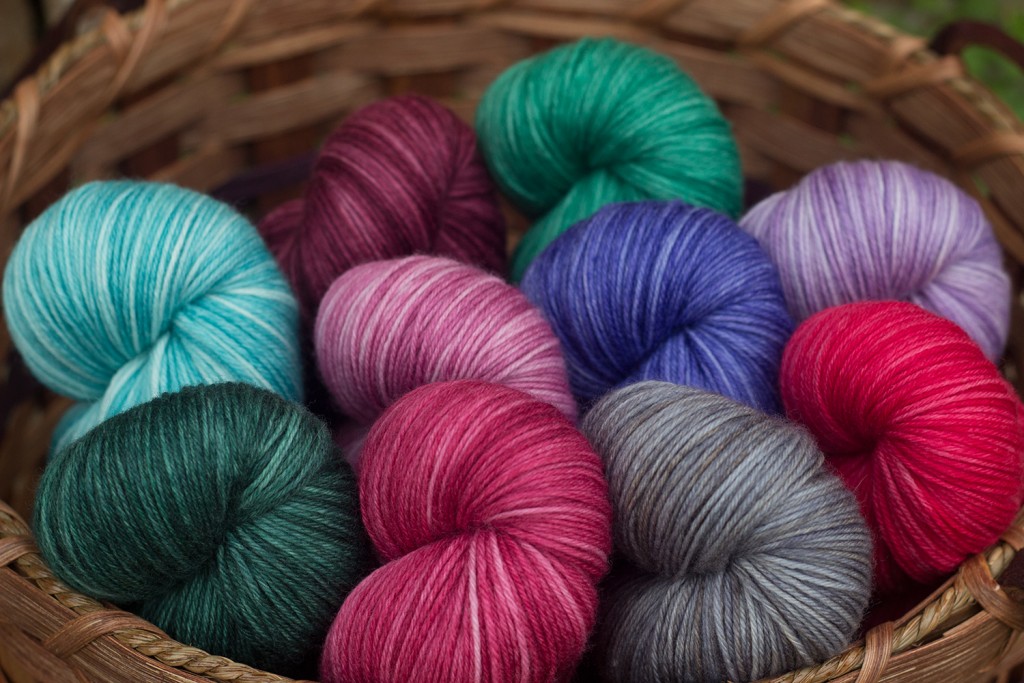
What new thing are you exploring now?
Different shapes for shawls—I love the triangular shawls but I don’t want to get locked into that construction all the time so I’m trying out some new ideas. Different yarn colors and dyeing techniques. Making self-striping sock yarn (so much work but the results are so much fun!). Knitting with breed-specific wools to see how their characteristics affect the results of the knitted item.
What's your definition of success in your business?
It took me a while to figure this out (and I figured it out thanks to a worksheet in one of Tara’s classes), but I realized that it’s pretty simple: I love seeing what other people make with my “stuff”—either one of my patterns or out of some of my yarn (or both!). So I feel successful when I check Ravelry and see someone has posted a picture of a project using my pattern. Although it feels good to sell a pattern, it feels amazing to have someone actually use that pattern. My dream is to be at a fiber festival (either as a vendor or attendee) and see someone wearing one of my designs (or something with my yarn). That experience would make me feel like I’m truly a success.
What's the next destination you're working towards?
I’ve been working on a pattern collection with five crescent-shaped shawls. The goal is to have it finished and ready for STITCHES Texas in September (where I’ll have a booth), and I’m on schedule (dare I say even a little ahead of schedule) for it. I’m working with the ladies of Stitch Definition for photography, tech editing, and layout/design, so I’m really looking forward to seeing how it all comes together. Along with that, I’m gearing up for several fiber festivals/events coming up in the fall.

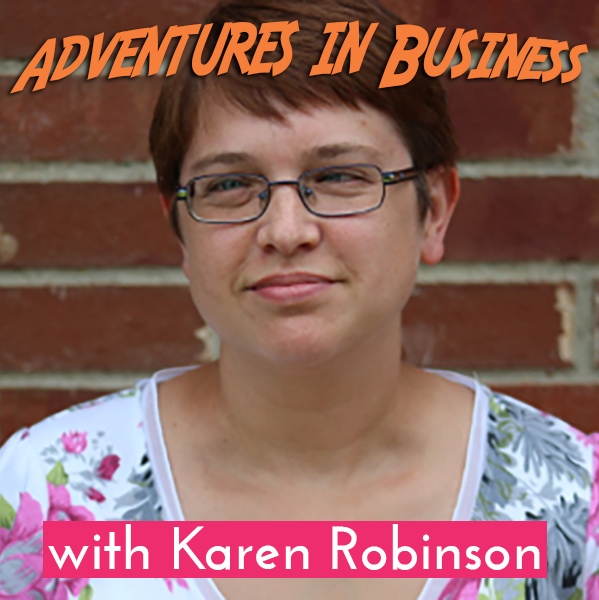

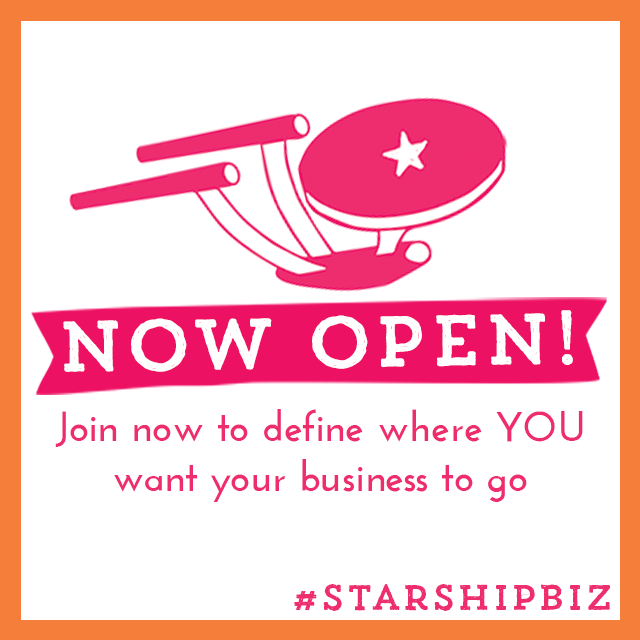 The Starship is now boarding!
The Starship is now boarding!